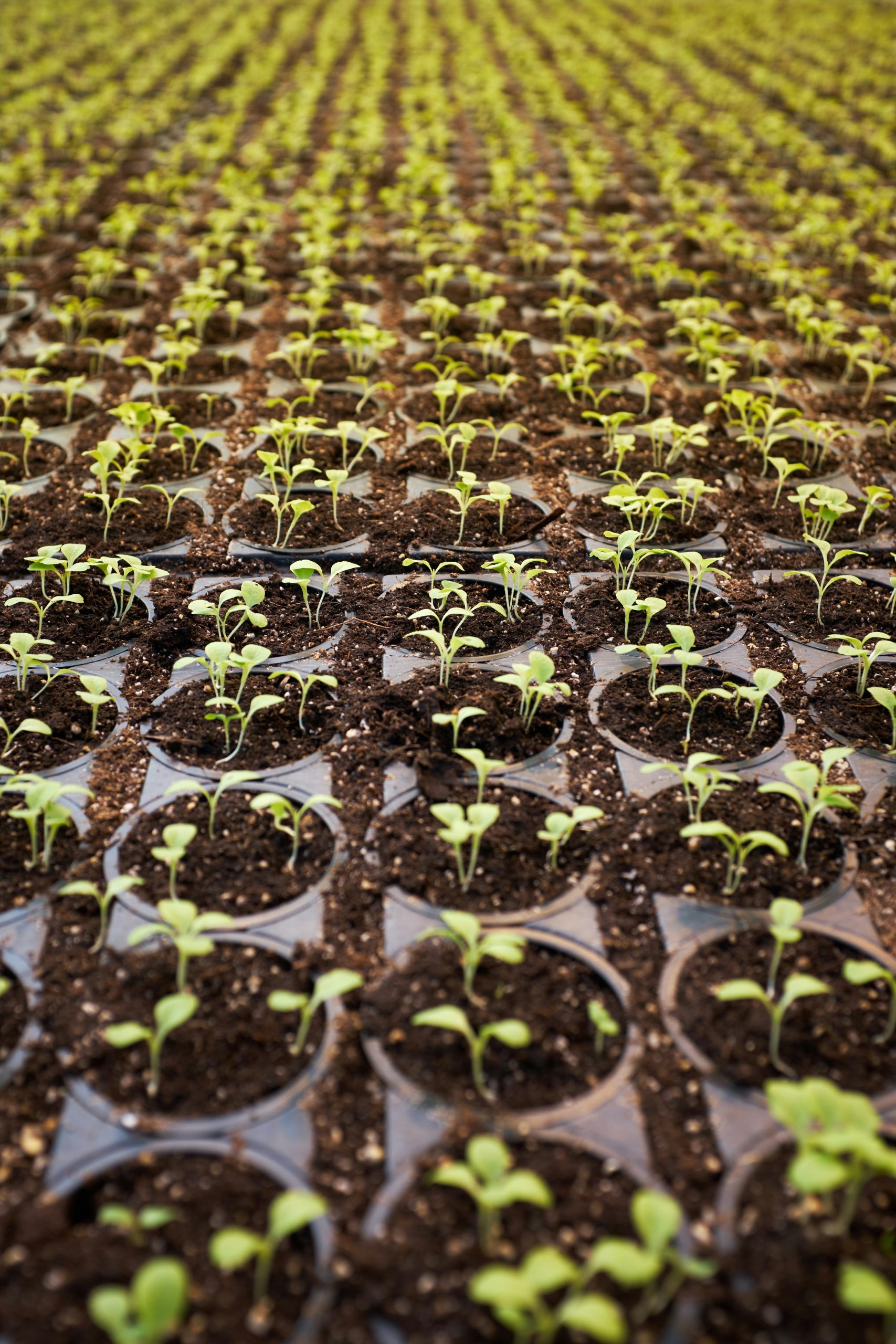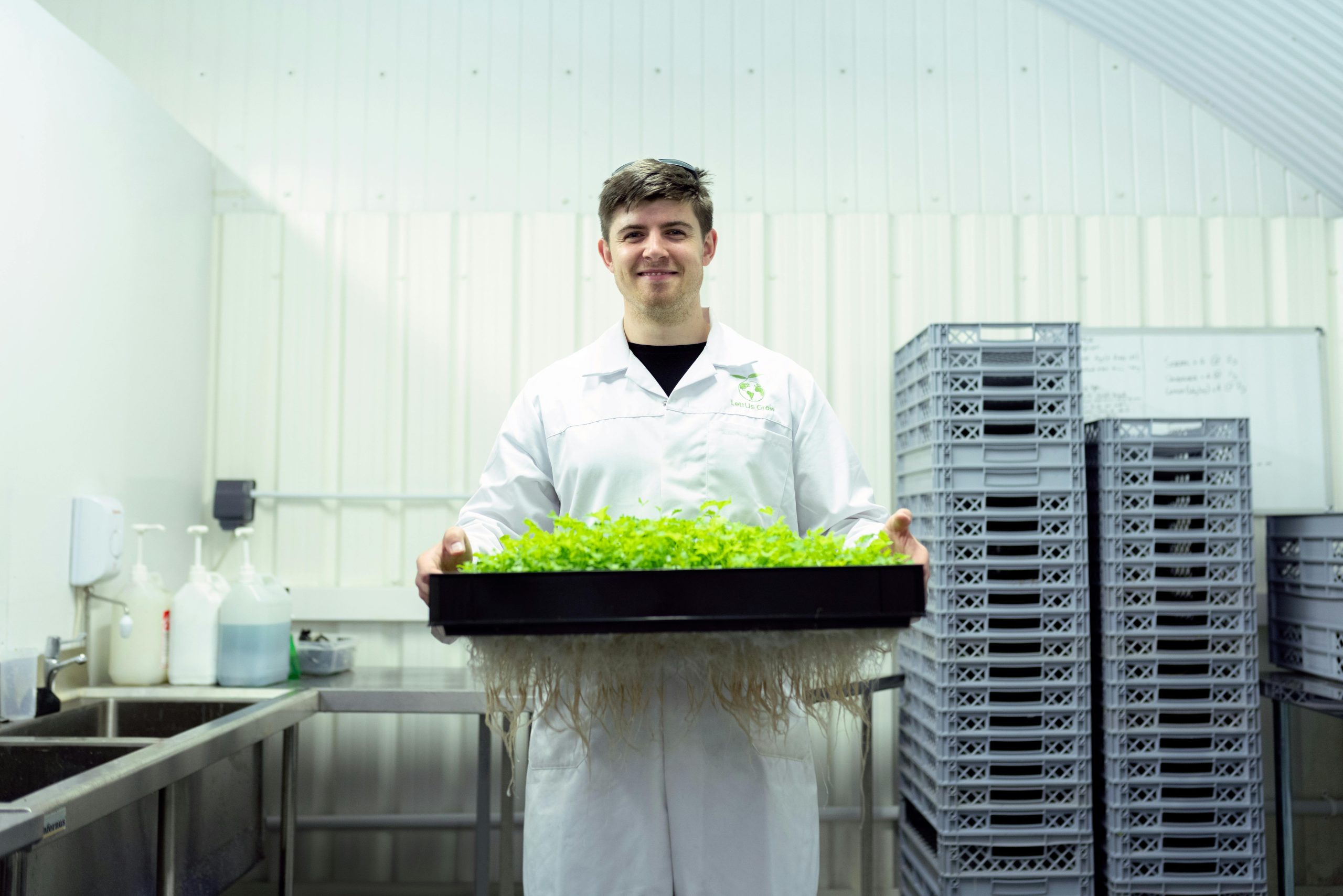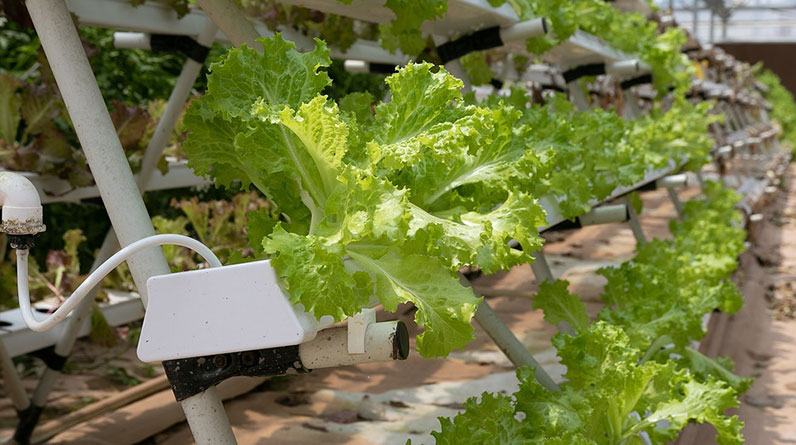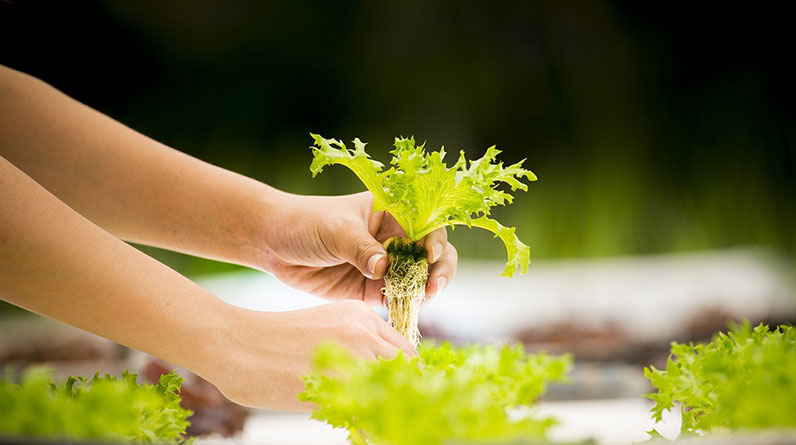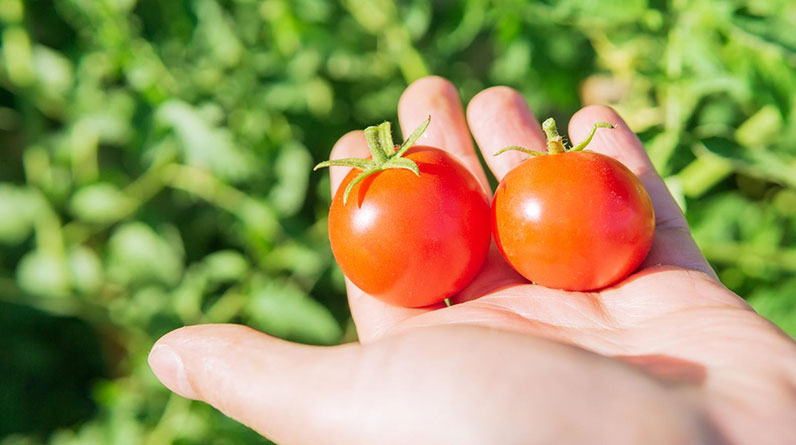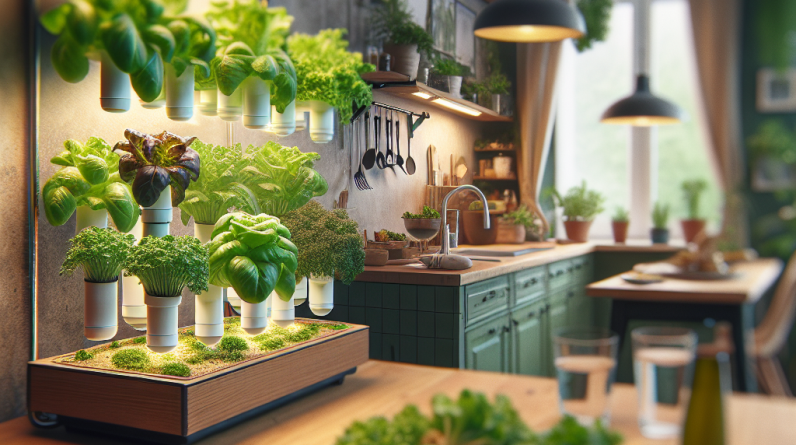
Understanding Hydroponics
The Basics of Hydroponics
Hey there! So, let’s dive into the magical world of hydroponics. Basically, hydroponics is a method of growing plants without soil. Yep, you heard that right! Instead, plants are grown in a nutrient-rich water solution. It’s pretty revolutionary! Whether you want to grow herbs, veggies, or even flowers, hydroponics can be a game changer.
When I first tried it, I was amazed at how quickly things started growing. Hydroponics allows for faster growth rates and greater yield than traditional gardening. The roots absorb all the essential nutrients they need directly from the water, which is just mind-blowing to see! Who knew plants could thrive so well in such a simple setup?
This method is not only efficient but also space-friendly. If you’re living in an apartment or have limited outdoor space, hydroponics can be a huge blessing. It even brings a touch of green indoors, which can brighten up any space and purify the air. It’s basically a win-win!
Choosing the Right Hydroponic System
<h3.Types of Hydroponic Systems
Now, let’s talk systems! There are several types of hydroponic systems, but I’ll just highlight a few popular ones that I’ve personally worked with. The Deep Water Culture (DWC) is one of my favorites because it’s so simple and effective. Plants are suspended in a nutrient-filled solution, with air stones providing oxygen to the roots.
Another option is the Nutrient Film Technique (NFT). Here, a thin film of nutrient solution flows over the roots of the plants. It’s a bit more high-tech but can yield amazing results if managed properly. I remember my first NFT setup—it felt so cool to watch the plants just soak up the nutrients like little sponges.
Lastly, there’s the Ebb and Flow system, which I find super engaging. It works by flooding the plant roots with nutrients and then draining the solution back to the reservoir. It’s like a little dance for the plants, and the best part is that it can really save on water use!
Setting Up Your Hydroponic Garden
<h3.Location and Space Considerations
So you’ve picked your system—awesome! Now where are you going to put it? Choosing the right spot for your hydroponic garden is crucial. I remember setting mine up in my kitchen because I wanted easy access to the herbs while cooking. Finding a space with ample light is also super important, so consider placing it near windows or investing in grow lights.
But don’t stress too much if you don’t have a perfect space—make it work! I once utilized a small corner in my living room, and with a bit of creativity, it turned into my peaceful little garden retreat. It’s all about finding what works best for you and your environment!
As for your setup, be mindful of how much water the system will need and ensure you have it on a surface that can handle some spills. Hydroponics can get a bit messy, but it’s totally worth it when you see your greens flourishing.
Caring for Your Hydroponic Plants
<h3.Watering and Nutrient Management
Once everything is set up, the next step is giving your plants the TLC they deserve. Keep a close eye on your nutrient levels in the water solution. Personally, this was something I learned the hard way—overfeeding my plants once made them a bit sluggish. So, always stick to recommended nutrient concentrations.
Another crucial thing is monitoring the pH level. Striving for a pH of around 5.5 to 6.5 can result in happy, healthy plants. I use pH test strips, and trust me, it’s a game-changer to see how it affects growth. A little adjustment can make a big difference!
Also, don’t forget about the temperature. Most hydroponic plants thrive in environments between 65°F and 75°F. So keep it cozy, check the temperature regularly, and watch your garden flourish!
Harvesting and Enjoying Your Produce
<h3.Timing Your Harvest
Finally, we’ve made it to the best part—harvesting! Knowing when to pick your veggies or herbs is key. Leafy greens like basil or lettuce are best picked when they’re young and tender. I always find myself checking my plants daily, just waiting for the perfect moment to snag a fresh salad!
For fruiting plants like tomatoes or peppers, you’ll want to wait until they’re fully ripe. That moment when you can pluck a ripe tomato straight from your kitchen garden? Absolute gold! There’s something so rewarding about the journey from seed to the salad bowl.
Once you’ve harvested, the enjoyment doesn’t stop there! Try out new recipes, share your bounty with friends, or just dive into a fresh salad yourself. It’s a culmination of your hard work, and trust me, the taste is far superior to anything you’d buy at the store!
FAQ
1. What is hydroponics?
Hydroponics is a method of growing plants without soil, using a nutrient-rich water solution instead. It allows for faster growth and more efficient use of space than traditional gardening.
2. What types of hydroponic systems are there?
Common systems include Deep Water Culture (DWC), Nutrient Film Technique (NFT), and Ebb and Flow systems. Each has its own unique benefits and setup requirements!
3. How do I choose the right location for my hydroponic garden?
Look for a spot with plenty of natural light, or you can use grow lights if natural light is limited. Make sure the area can handle a little mess and allows easy access for you!
4. How can I care for my hydroponic plants?
Monitor the nutrient levels in your water, adjust the pH regularly, and keep an eye on the temperature. Each factor plays a role in your plant’s growth.
5. When is the best time to harvest my plants?
For leafy greens, harvest when they’re young and tender. For fruiting plants like tomatoes, wait until they are fully ripe. It’s all about finding that sweet spot for peak flavor!




